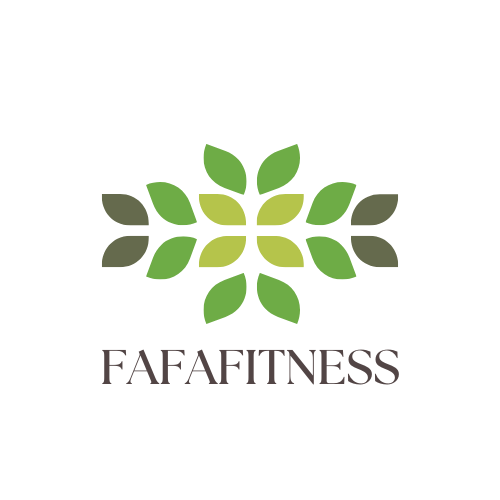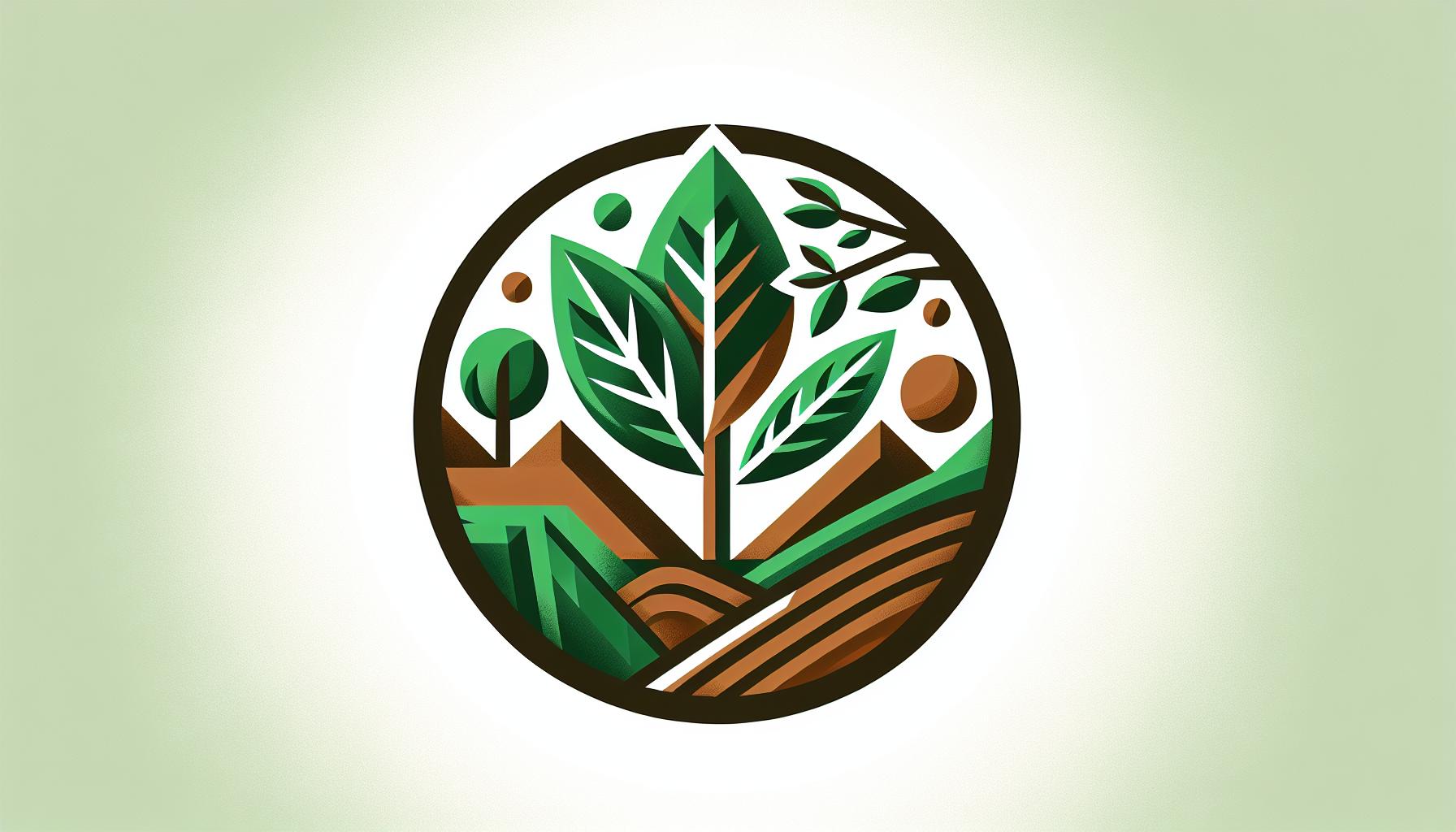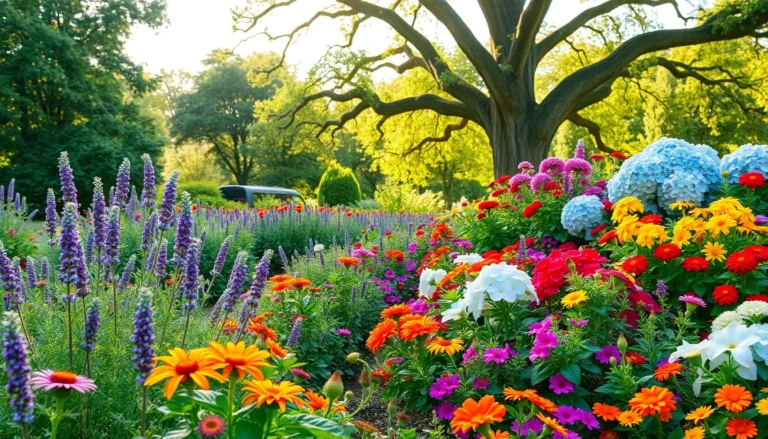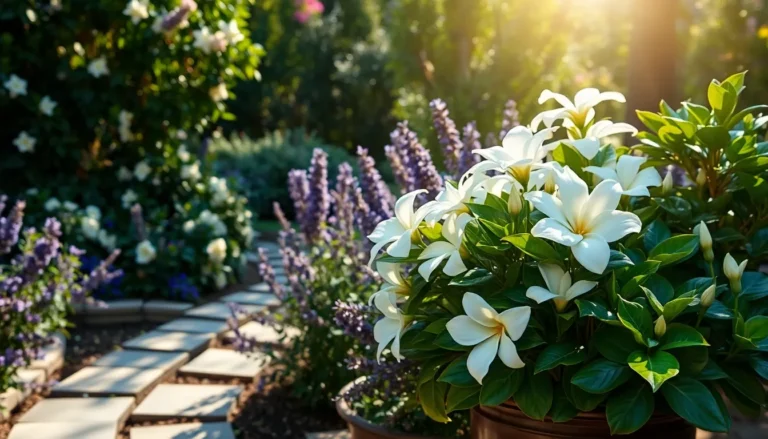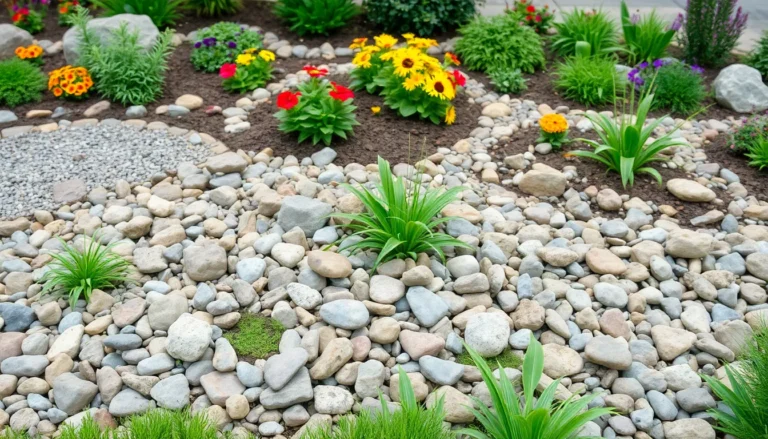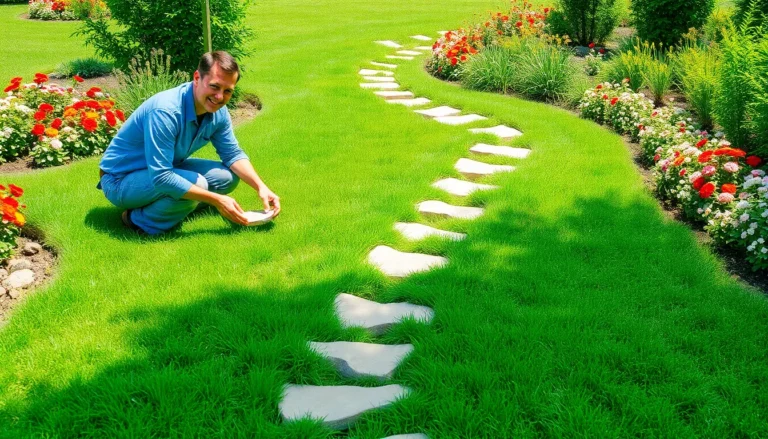I’ve helped countless landscaping businesses create memorable brand identities and I know that a powerful logo is essential for standing out in this competitive industry. Whether you’re designing for a small lawn care service or a large commercial landscaping company your logo needs to instantly communicate professionalism and expertise.
When it comes to landscaping logos images there’s a delicate balance between creativity and functionality. The right combination of natural elements trees leaves and geometric shapes can create a lasting impression on potential clients. I’ve found that the most successful landscaping logos incorporate elements that reflect both the beauty of nature and the precision of professional services.
Key Takeaways
- Successful landscaping logos balance natural elements (trees, leaves) with professional design elements while incorporating industry-appropriate color palettes of greens and earth tones
- Design elements should include specific symbols (leaf shapes, tree silhouettes, grass blades) and proper positioning for maximum brand recognition and professional appearance
- Logo files need multiple formats and sizes: vector files (AI/EPS) for scalability, PNG with transparency for digital use, and high-resolution formats (300 DPI) for print materials
- Effective logos require platform-specific optimization: 72 DPI for digital use, 400x400px for social media, and responsive SVG files for web applications
- Color schemes should prioritize natural palettes with deep greens (#2F5233), earthy browns (#8B4513), and complementary tones that reflect outdoor environments
- The most successful landscaping logos maintain visual consistency across all media while adapting to specific platform requirements for optimal display and recognition
Landscaping Logos Images
Landscaping logo design combines specific visual elements to create a memorable brand identity that resonates with clients. Each component plays a strategic role in communicating professional expertise and natural beauty.
Color Palettes That Represent Nature
Natural color combinations form the foundation of effective landscaping logos. I prioritize these essential color combinations:
- Deep greens (#2F5233) for mature foliage representing growth
- Earthy browns (#8B4513) for soil suggesting groundedness
- Sage (#9DC183) for fresh growth showcasing vitality
- Forest green (#228B22) for evergreen elements emphasizing reliability
- Olive (#808000) for Mediterranean landscapes indicating versatility
Essential Symbols and Icons
Specific symbols instantly communicate landscaping services to potential clients:
- Stylized leaf shapes depicting organic design
- Tree silhouettes showing maturity expertise
- Grass blades demonstrating lawn care mastery
- Garden tools illustrating maintenance services
- Geometric patterns representing planned landscapes
| Element Position | Purpose | Impact |
|---|---|---|
| Center | Brand focus | Immediate recognition |
| Left-aligned | Service emphasis | Professional approach |
| Circular format | Continuous growth | Natural flow |
| Stacked layout | Service hierarchy | Clear organization |
Types of Landscaping Logo Styles![]()
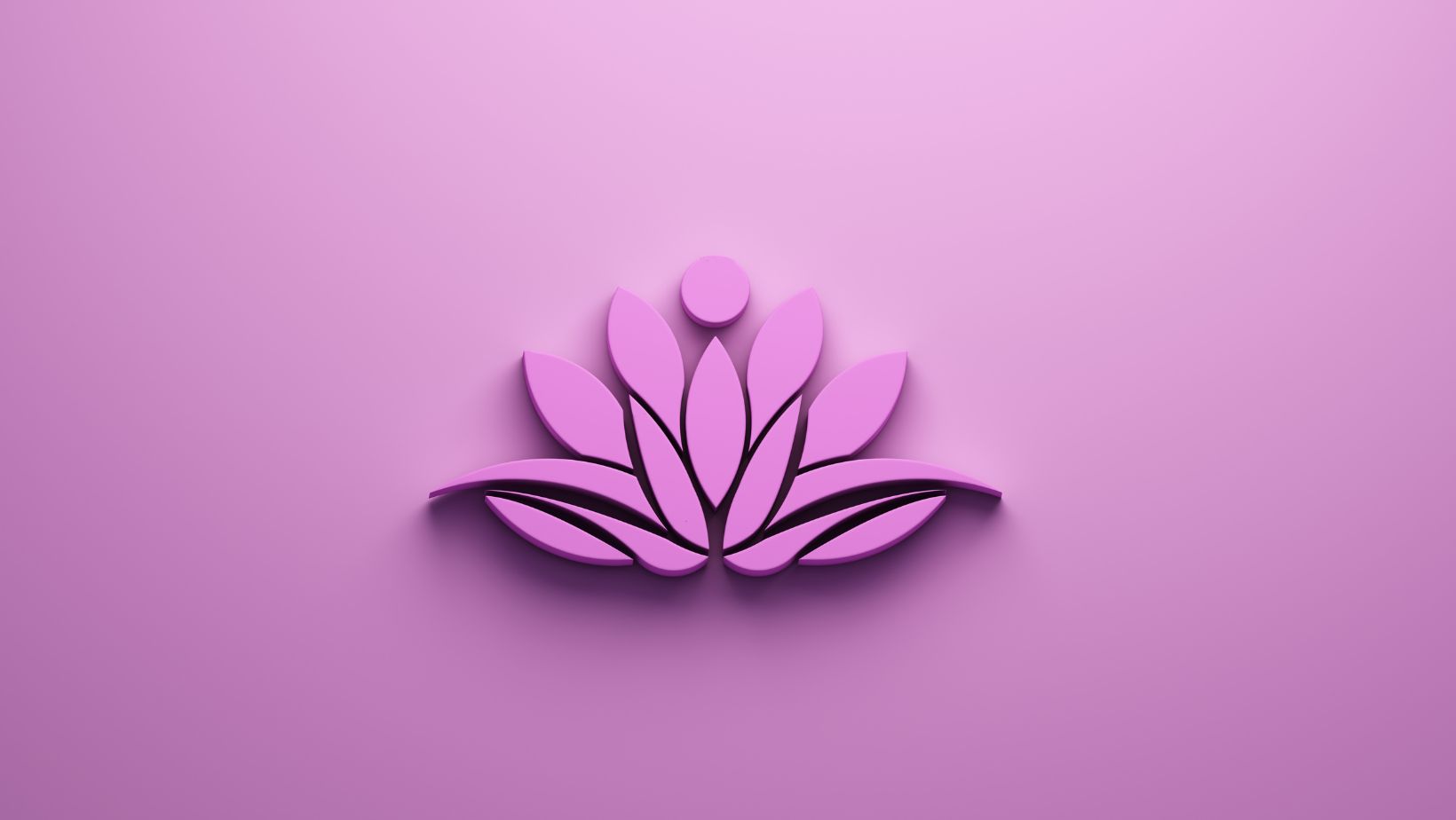 Landscaping logos come in distinct visual styles that communicate different brand personalities and service offerings. Each style serves specific business objectives while maintaining industry recognition.
Landscaping logos come in distinct visual styles that communicate different brand personalities and service offerings. Each style serves specific business objectives while maintaining industry recognition.
Minimalist Design Approaches
Minimalist landscaping logos feature clean lines and simplified natural elements. I identify key minimalist characteristics in modern landscaping logos:
- Single-line drawings of trees or leaves
- Monochromatic color schemes with 1-2 primary colors
- Geometric shapes (circles squares triangles) representing garden elements
- Negative space techniques highlighting natural forms
- Sans-serif typography with consistent weight distribution
- Hand-drawn illustrations of plants flowers or trees
- Distressed or weathered texture overlays
- Earth-tone color palettes (browns terracottas greens)
- Script or brush-style typography
- Organic shapes mimicking natural growth patterns
- Wood grain or bark-inspired textural elements
- Asymmetrical compositions suggesting natural development
| Style Element | Minimalist Approach | Rustic Approach |
|---|---|---|
| Color Usage | 1-2 colors | 3-4 earth tones |
| Typography | Sans-serif | Script/brush |
| Composition | Symmetrical | Asymmetrical |
| Texture | Clean flat | Distressed organic |
| Line Work | Geometric | Hand-drawn |
Best Practices for Creating Landscaping Logo Images
Effective landscaping logo images require specific technical specifications to maintain visual quality across different platforms. These guidelines ensure logos remain crisp, professional and instantly recognizable in all applications.
Size and Resolution Guidelines
Professional landscaping logos perform optimally at multiple dimensions with specific resolution requirements:
- Create the master logo file at 2000×2000 pixels for maximum scalability
- Export social media versions at 400×400 pixels for profile pictures
- Maintain 300 DPI resolution for print materials
- Set website favicon dimensions to 32×32 pixels
- Use vector formats to preserve quality at any size
- Include 15-20% padding around the logo design
| Platform | Dimensions | Resolution |
|---|---|---|
| 2000x2000px | 300 DPI | |
| Web | 400x400px | 72 DPI |
| Social | 400x400px | 72 DPI |
| Favicon | 32x32px | 72 DPI |
- Save master files in AI or EPS vector formats
- Export PNG files with transparent backgrounds for digital use
- Create JPEG versions for email signatures
- Generate SVG files for responsive websites
- Provide PDF formats for print vendors
- Include TIFF files for high-quality printing
| Format | Primary Use | Key Feature |
|---|---|---|
| AI/EPS | Master File | Scalability |
| PNG | Digital | Transparency |
| SVG | Web | Responsive |
| Universal | ||
| TIFF | Quality |
Popular Examples of Professional Landscaping Logos![]()
Professional landscaping logos showcase diverse design approaches that effectively communicate brand identity and service quality. Here’s an analysis of notable examples from both industry leaders and successful local businesses.
Industry Leaders’ Logo Analysis
TruGreen’s logo features a simplified leaf design in bright green with clean typography, emphasizing growth and environmental care. The Davey Tree Expert Company incorporates a mature oak tree silhouette in forest green, projecting heritage and expertise through its classic design. BrightView’s logo combines geometric shapes with natural elements in a modern blue-green palette, representing their corporate-level landscaping services.
| Company Name | Key Design Elements | Primary Colors | Brand Message |
|---|---|---|---|
| TruGreen | Single Leaf Icon | Bright Green | Environmental Care |
| Davey Tree | Oak Tree Silhouette | Forest Green | Heritage & Expertise |
| BrightView | Geometric Nature | Blue-Green | Corporate Professional |
Local Business Success Stories
Green Thumb Gardens uses a hand-drawn plant motif with rustic typography, creating strong local recognition in Portland. Mountain View Landscaping’s logo incorporates mountain peaks with pine trees, resonating with their Colorado clientele. Sunshine State Lawns features a stylized sun-grass combination that captures Florida’s tropical essence.
| Business Name | Location | Design Approach | Success Factor |
|---|---|---|---|
| Green Thumb Gardens | Portland | Hand-drawn Style | Community Connection |
| Mountain View | Colorado | Regional Elements | Geographic Relevance |
| Sunshine State | Florida | Climate-specific | Local Market Appeal |
Tips for Using Landscaping Logos Across Media
Effective logo implementation across different media platforms ensures consistent brand representation. Proper adaptation of landscaping logos maintains visual integrity while meeting specific platform requirements.
Digital Platform Optimization
Digital platforms require specific logo variations to maintain clarity across devices. Here’s how to optimize landscaping logos for digital use:
- Format high-resolution PNG files at 72 DPI for website headers
- Create square variations sized at 400×400 pixels for social media profiles
- Design simplified versions at 32×32 pixels for website favicons
- Export responsive SVG files for seamless scaling on mobile devices
- Adjust color profiles to RGB for digital displays
- Save versions with transparent backgrounds for overlay flexibility
- Supply vector files in CMYK color mode for commercial printing
- Create versions at 300 DPI minimum for business cards
- Maintain a clear space margin of 10% around the logo
- Design single-color variations for black-and-white printing
- Set minimum size requirements at 1 inch width for readability
- Prepare spot-color versions for specialty printing methods
| Media Type | Resolution | Size | Format |
|---|---|---|---|
| Website | 72 DPI | 400-800px | PNG/SVG |
| Social Media | 72 DPI | 400x400px | PNG |
| Business Cards | 300 DPI | 1-2 inches | AI/EPS |
| Vehicle Graphics | 300 DPI | 24+ inches | AI/EPS |
| Embroidery | Vector | 3+ inches | DST/EMB |
Creating the perfect landscaping logo isn’t just about making something look good – it’s about building a powerful visual foundation for your brand’s success. I’ve shared essential insights to help you develop a logo that’ll make your landscaping business stand out and resonate with your target audience.
Whether you choose a minimalist modern design or a rustic traditional approach your logo should reflect your unique brand identity while maintaining professional standards across all platforms. Remember that a well-crafted landscaping logo is an investment in your company’s future and a key driver of brand recognition.
I encourage you to take these design principles technical specifications and real-world examples as inspiration for creating your own distinctive landscaping logo that’ll grow alongside your business.
